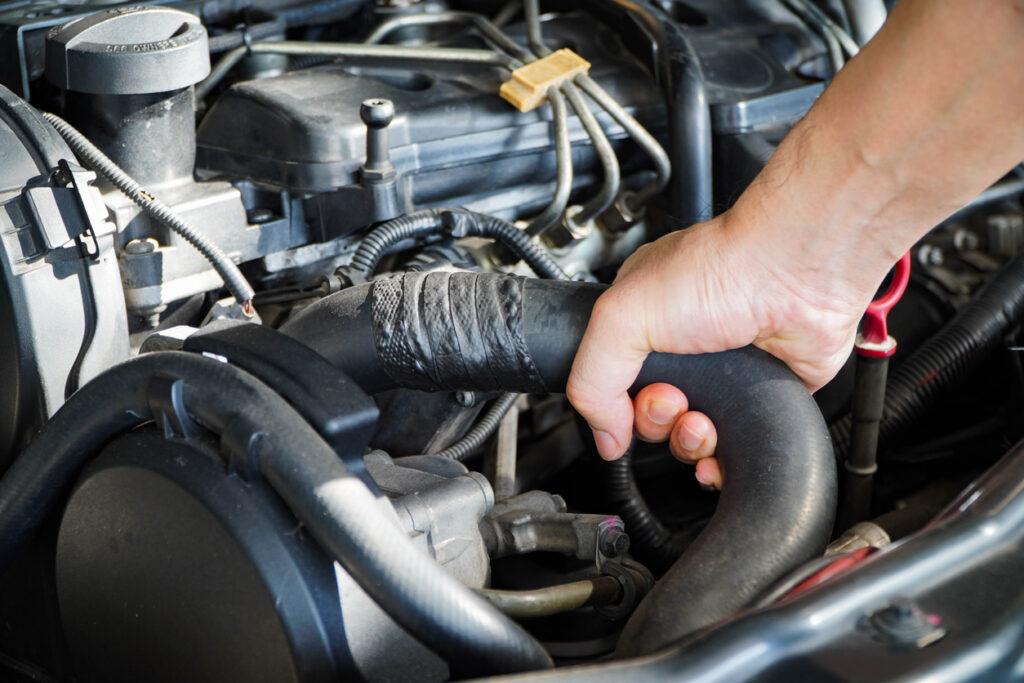Discover the advantages of using a rubber hose to connect heating tubes in your heating system. This article provides an overview of the benefits and applications of rubber hoses in heating systems. Learn about their flexibility, durability, and ease of installation. Explore real-world examples of how a rubber hose connecting to a heating tube can improve heat transfer and ensure efficient heating. Upgrade your heating system with this reliable and versatile solution.
Rubber Hose Connecting to Heating Tube: Enhancing Heat Transfer Efficiency
Introduction to Rubber Hose Connecting to Heating Tube
A rubber hose connecting to a heating tube is a versatile solution used to improve the efficiency and performance of heating systems. These hoses provide flexibility and durability while facilitating the transfer of heat from the source to the desired location.
Benefits of Using Rubber Hoses in Heating Systems
Enhanced Flexibility for Easy Installation
One of the key advantages of using a rubber hose in a heating system is its flexibility. This feature allows for easy installation and maneuverability, ensuring a seamless connection between the heating tube and other components. With a rubber hose, you can easily route the heating system according to your specific requirements.
Improved Durability for Longevity
Rubber hoses are known for their durability and resistance to wear and tear. They can withstand high temperatures and pressure, making them suitable for heating systems. By using a rubber hose connecting to a heating tube, you ensure a reliable and long-lasting solution that requires minimal maintenance.
Efficient Heat Transfer for Optimal Heating
The rubber hose’s ability to transfer heat efficiently is another benefit worth noting. The flexible nature of the hose allows for better heat distribution, maximizing the heating system’s effectiveness. The connection between the rubber hose and the heating tube ensures a seamless flow of heat, resulting in improved energy efficiency and reduced heating costs.

Applications of Rubber Hoses in Heating Systems
Residential Heating Systems
In residential settings, rubber hoses connecting to heating tubes are commonly used in central heating systems. These hoses efficiently transfer heat from the boiler or furnace to various rooms, ensuring a comfortable living environment. Their flexibility and ease of installation make them an ideal choice for residential heating applications.
Commercial Heating Systems
Rubber hoses are also extensively used in commercial heating systems. From office buildings to factories, these hoses provide efficient heat transfer in large spaces. By connecting the heating tube to the rubber hose, heat can be evenly distributed throughout the commercial premises, maintaining a consistent and comfortable temperature.
Real-world Example and Conclusion
Real-world Example: The Johnson Office Building
The Johnson Office Building recently upgraded its heating system by incorporating rubber hoses to connect the heating tubes. This improvement resulted in enhanced heat transfer efficiency, allowing employees to enjoy a comfortable working environment during the colder months. The flexibility and durability of the rubber hoses made the installation process smooth and hassle-free. The Johnson Office Building is now benefiting from an energy-efficient and reliable heating system.
In conclusion, using a rubber hose to connect heating tubes offers numerous advantages for heating systems. The flexibility, durability, and efficient heat transfer properties of rubber hoses contribute to improved energy efficiency and optimal heating performance. Whether for residential or commercial applications, incorporating a rubber hose connecting to a heating tube ensures a reliable and effective heating solution. Upgrade your heating system today and enjoy the benefits of enhanced heat transfer efficiency and cost savings.